Biodiversity in Wales
Biodiversity is the variety of life found on earth. It includes all species of plants and animals, their abundance and genetic diversity. It is our fascinating wildlife and iconic species and habitats; it is vital to connect people with nature; and it contributes to society’s well-being, sense of place and cultural identity.
Biodiversity underpins our lives and livelihoods and supports the functioning and resilience of ecosystems in oceans, wetlands, lakes, rivers, mountains, forests and agricultural landscapes.
Our economy, health and well-being depends on healthy, resilient ecosystems, which provide us with our food, clean water and air, the raw materials and energy for our industries and protect us against hazards, such as flooding and climate change.
The terrestrial habitats of Wales supports a rich variety of flora and fauna and includes many species found in Britain and species unique to Wales. The Radnor lily (Gagea bohemica) and spotted rock-rose (Tuberaria guttataare) not found on the British mainland outside of Wales. In the upland region of Snowdonia in north Wales, artic-alpine flora thrive including the Snowdon lily (Lloydia serotina), a species in Britain confined to cool, north-facing slopes in Snowdonia.
Mynydd Mawr in Carmarthenshire is one of the remaining strongholds of the Marsh fritillary butterfly (Euphydryas aurinia), while the Great Orme in North Wales is one of the best places in Britain to see the Silver-studded blue, here represented by the unique subspieces caernensis.
The varied geology and temperate climate of Wales enable an abundance of bryophytes (mosses and liverworts), lichens and fungi to thrive and Wales supports a higher species abundance in comparison to other European countries.
In marine terms, Wales is situated at the boundary of three oceanic climate zones and is rich in marine life and with a large tidal range, intertidal habitats support a diversity of plants and animals. Seals, dolphins, sharks, jellyfish, crabs and lobsters are all found around the Welsh coast. The seabird colonies of Skomer, Skokholm, Bardsey and Grassholm are spectacular and are important internationally.
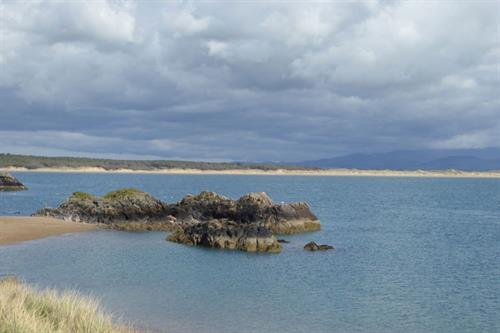
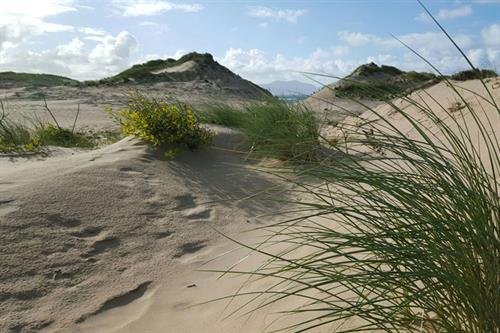

Wales' Special Places- for wildlife and for people
Wales has 20 Special Protection Areas for vulnerable birds and 92 Special Areas of Conservation for other rare species and threatened natural habitats. Together they are known as Natura 2000 sites, and along with areas across Europe, they form an unparalleled conservation network of international importance for wildlife. Wales’ Natura 2000 network covers more than 700,000 hectares (7% of Welsh land area and 36% of territorial waters).
LIFE Natura 2000 Programme for Wales
National Nature Reserves are exceptional examples of wildlife habitats and geological features. There are 76 National Nature Reserves in Wales, protecting over 25,000 ha of land and 1 Marine Nature Reserve, covering over 1,000 ha of sea in Wales.
Why not visit a national nature reserve?
Here are a few ideas:
Eryri –home to artic-alpine and other rare plants.
Morfa Harlech & Morfa Dyffryn-part of a sand dunes system that sweeps from the Mawddach estuary along the shore of Cardigan Bay. A beautiful place to visit and with nationally scarce plant and invertebrate species.
Cors Caron peat bogs in Ceredigion, with plants that are adapted to the acidic conditions such as sun-dews, bog rosemary and cotton grasses.
Gower coast- managed by the National Trust, Worm's Head tidal island and limestone cliffs are rich in plant life particularly in in late spring and early summer. Breeding birds include kittiwakes, guillemots, razorbills and, occasionally, peregrines and choughs.
Skomer Island, Pembrokeshire – an island jewel with rich marine live and spectacular seabird colonies.
National Parks and Areas of Outstanding Natural Beauty (AONBs) in Wales offer recreation, relaxation, stunning landscapes and wildlife interest. They are living, working landscapes with active rural communities.
Wales has 3 National Parks -Eryri; Bannau Brycheiniog; and Pembrokeshire Coast and 5 AONBs- Anglesey, Clwydian Range, Gower, Llŷn and shares an AONB with England - Wye Valley
Local Nature Reserves (LNRs) have natural features that are of special interest to their local area and offer people opportunities to study, learn or enjoy nature. Many local authorities have designated LNRs. There are over 65 LNRs in Wales offering opportunities for both people and wildlife.
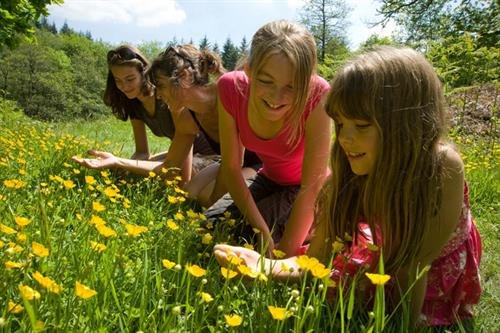
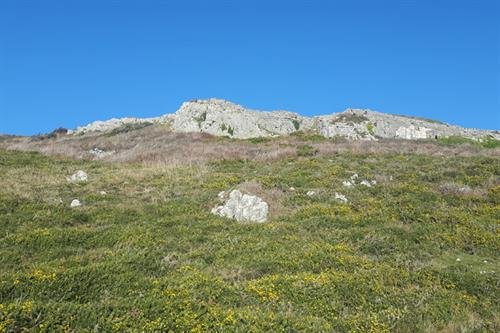
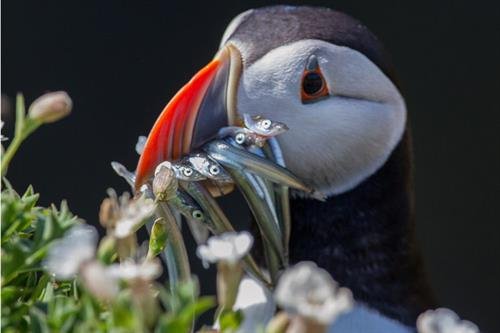
Natur Cymru
Back issues of Natur Cymru - Nature of Wales magazine which ceased publication in 2017, are now available as free digital downloads from ‘ The Biodiversity Heritage Library’
Most of the 62 back issues are already available and the remainder will become available in the near future. The magazine is a rich source of information, debate and deep appreciation of Wales’ iconic species and habitats.
Key pressures on biodiversity
The UK National Ecosystems Assessment identified changing land management practices, through agriculture and urbanisation, pollution and invasive non-native species as key pressures leading to habitat and species loss and fragmentation. This, together with acidification and eutrophication, has changed the quantity and quality of habitats and the species they can support. In the marine environment, key pressures include unsustainable human activity, climate change leading to the warming and acidification of the world’s seas and oceans, and the introduction of invasive non-native species.
Loggerheads Country Park, near Mold
Loggerheads Country Park is an established Rural Country Park set in a limestone valley in the Clwydian Range Area of Outstanding Natural Beauty. It encompasses a mining and tourism history. The Park is also managed for conservation with rich and varied natural habitats.
Cosmeston Lakes County Park, near Penarth
Cosmeston Lakes country park has a variety of habitats covering over 100 hectares of land and water, and a diverse range of plant and animal species. Cosmeston offers a fine introduction into the countryside and is open all year round. Look out for bearded tits in the winter months and the recently introduced water vole.
Croes Robert Wood, near Monmouth
Croes Robert Wood is 14 hectares of traditionally managed ancient semi-natural coppice woodland. Plants typical of ancient woodlands dominate the ground flora. Bluebells, Dogs Mercury, Wood Anemones and Yellow Archangel form carpets of spring colour. Autumn fungus forays like King Alfred's Cakes, Candle Snuff Fungus and The Goblet. Dormouse and badgers are present and there's a chance of seeing nightingale in the summer together with other woodland birds.

